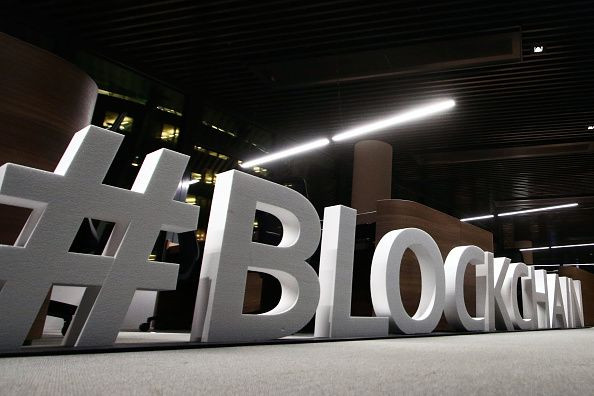How To Move Beyond Blockchain’s 'Trilemma'

Mainstream interest in blockchain technology has lately surged on the back of announcements from JP Morgan, Facebook, and others. In light of these promising developments, renewed emphasis is being placed on the technology’s underlying scalability “trilemma.” The term was coined by Ethereum creator Vitalik Buterin and refers to the tradeoffs blockchains must apparently make between security, decentralization, and transaction speed. All three are needed for blockchains to truly achieve widespread, mainstream adoption. But in practice, it seems one cannot have it all. To have the highest levels of security and a truly decentralized architecture, transaction speed must suffer -- falling well below those required by most mainstream payment platforms. If speed is key, most developers have found that some centralization -- and perhaps compromised security -- is unavoidable.
But this thinking is wrong. It persists because people are rooted in the idea of "building a better world computer" -- essentially, finding a better way to do what we’re already doing. It’s no secret that when looking to the future, people have tended to extrapolate based on the world they inhabit. Attempts at building a better world computer insist that blockchains achieve a level of performance that matches the systems we have now. But blockchain represents a paradigm shift rather than an incremental improvement. The sooner we fully recognize this, the sooner we can build solutions that correctly harness the technology’s potential.
Attempts to solve the trilemma typically commit a key error: the assumption that all transactions must take place on a single, base layer of the blockchain. This is to misunderstand what is actually revolutionary about blockchains, and what their transformational power can accomplish.
Blockchain's unique advantage is trust. Existing networks rely on a central authority -- the bank, the credit rating agency -- to establish and transmit trust. Needless to say, these gatekeepers are all too often found lacking in both trust and security. Public blockchains, by contrast, establish both without the need for any central authority, unleashing the potential to create a new type of economy -- a cryptoeconomy. This economy is based on cryptography through which transactions are verified by consensus without any need for middlemen. While developers will certainly work to build all sorts of different, useful applications on top of it, it is this base layer of trust in a blockchain that represents the paradigm shift.
Blockchains’ greatest power lies not in processing transactions but in storing value. Just as inscriptions written onto the walls of Egyptian temples millennia ago have preserved their stories down to the present day, so assets stored on a blockchain become immutable. This requires a lot of computing power, and so it should be reserved for items of high value that must be securely stored.
Once we recognize this, we can design a system to correctly harness and scale blockchain technology. The key is a multi-layer model.
From an architectural point of view, those designing blockchains should separate the different functions of a network and spread them across different layers or components. This offers greatly improved functionality. Rather than coupling all functions into a single unit, slowing transaction throughput to a crawl, developers should process these activities on a secondary layer, leaving the base layer of the blockchain to store only the value of assets. This achieves speed and scalability while preserving decentralization and security for the crucial function of the blockchain: the store of value.
This multi-layered architecture is not a revolutionary concept. Decoupling is at the heart of all complex system designs. The Internet itself implements different functions, such as data transmission and mail delivery, through different network protocols on different layers. Protocols related to identity and encryption, such as PKI (Public Key Infrastructure) and TLS (Transport Layer Security), are what built the trust backbone of the internet.
A multi-layered approach can solve many of the problems currently facing blockchain technology. It isn’t surprising that so many have avoided this solution; after all, this new cryptoeconomy will initially overlap a great deal with the traditional economy, regulating the same areas of economic activity. Because of this, people have mistakenly applied incremental solutions to a fundamentally new concept. In the long run, we must build to blockchain’s unique strengths and inherent value. If we do, it is reasonable to assume that entirely novel classes of activities will ultimately emerge out of the new notion of trust without intermediaries.
The “trilemma” is no problem at all.
(Jan Xie, one of the original developers of the Ethereum blockchain, is the co-founder of Nervos Network, a multi-layered blockchain network designed for the store of value.)
© Copyright IBTimes 2024. All rights reserved.





















